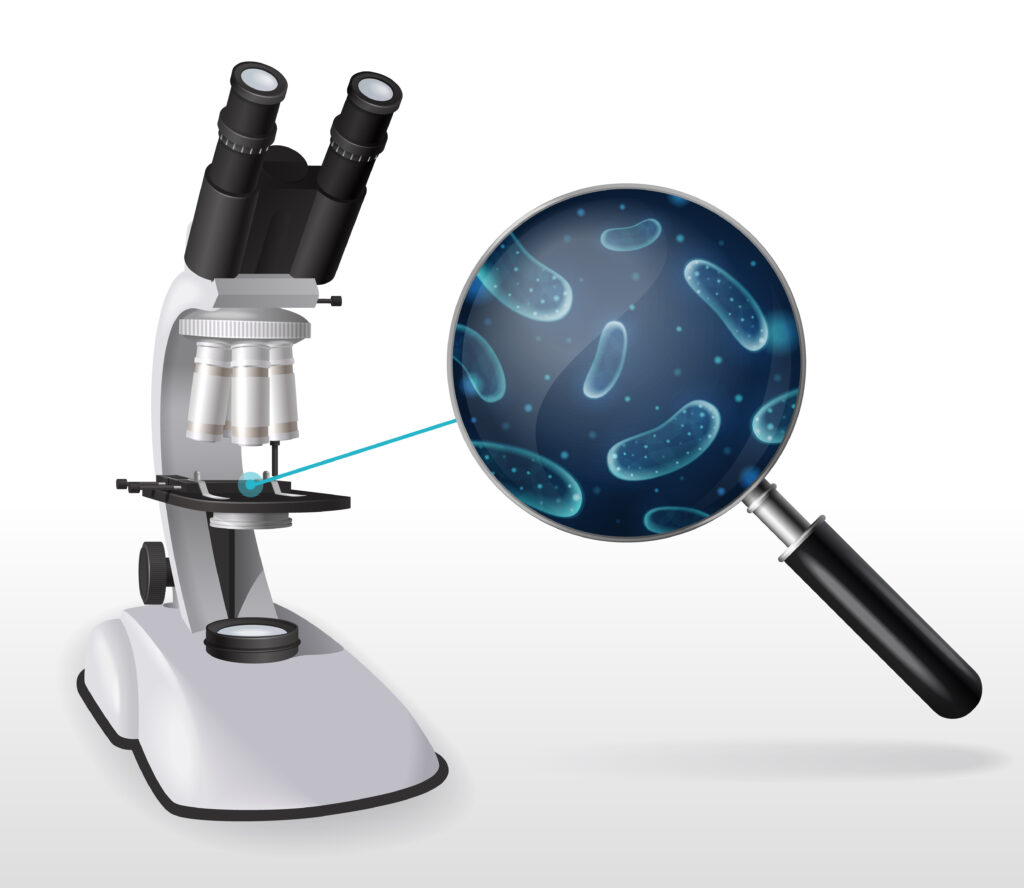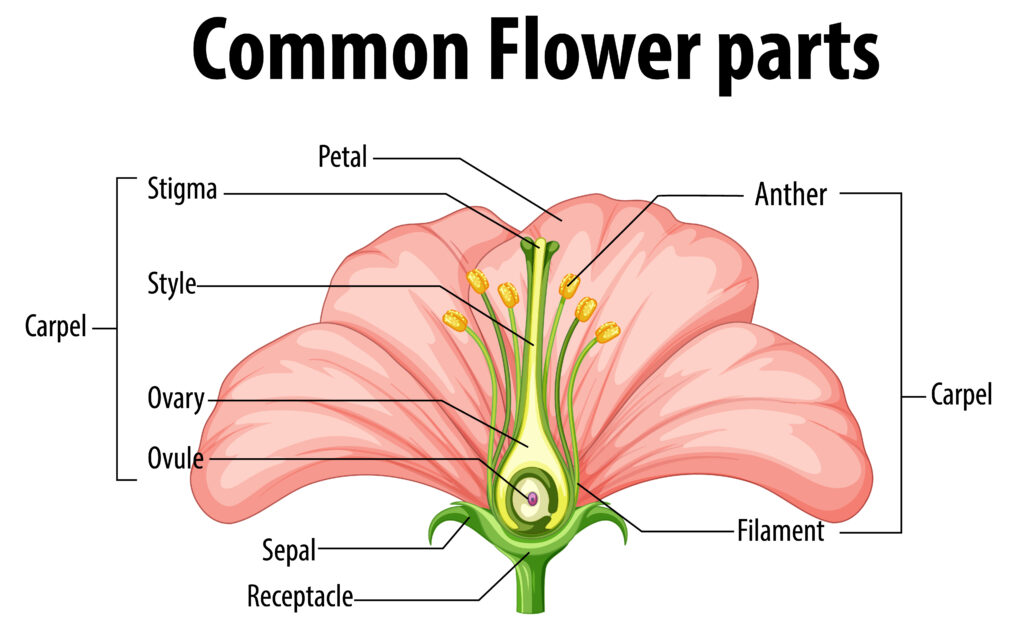Muscle Contraction: Lifting Weight
Explore the fascinating process of muscle contraction when lifting weights. Understand the physiological mechanisms from neural signal to muscle fiber contraction.
Help & Instructions
▼- Contraction Sequence: Arrange the steps of muscle contraction in the correct order
- Neuromuscular Junction: Identify key components and processes at the neuromuscular junction
- Use the hint button if you need help with a puzzle
- Try different difficulty levels to challenge yourself
- Understand the sliding filament theory
- Identify the steps in muscle contraction
- Recognize components of the neuromuscular junction
- Learn about the role of calcium and ATP in muscle contraction
Muscle Contraction Sequence
Arrange the steps of muscle contraction in the correct order by dragging them.
Neuromuscular Junction Components
Identify the key components and processes at the neuromuscular junction.
Muscle contraction involves a complex sequence of events from neural stimulation to muscle fiber contraction. The sliding filament theory explains how actin and myosin filaments slide past each other to generate force, powered by ATP and regulated by calcium ions.
The Biology of Muscle Contraction
Sliding filament theory explains muscle contraction:
- Nerve impulse reaches neuromuscular junction
- Acetylcholine is released, triggering action potential
- Action potential travels along T-tubules
- Calcium ions are released from sarcoplasmic reticulum
- Calcium binds to troponin, exposing myosin binding sites
- Myosin heads form cross-bridges with actin
- Power stroke occurs, sliding filaments past each other
- ATP binds to myosin, breaking cross-bridge
The neuromuscular junction is where motor neurons communicate with muscle fibers:
- Motor neuron releases acetylcholine (ACh)
- ACh binds to receptors on muscle fiber
- Depolarization occurs, generating action potential
- Action potential spreads along sarcolemma and T-tubules
- Calcium release triggers contraction cycle
Understanding muscle contraction is essential for comprehending movement, exercise physiology, and neuromuscular disorders. This knowledge applies to sports science, physical therapy, and medicine, helping explain how muscles generate force and adapt to training.



